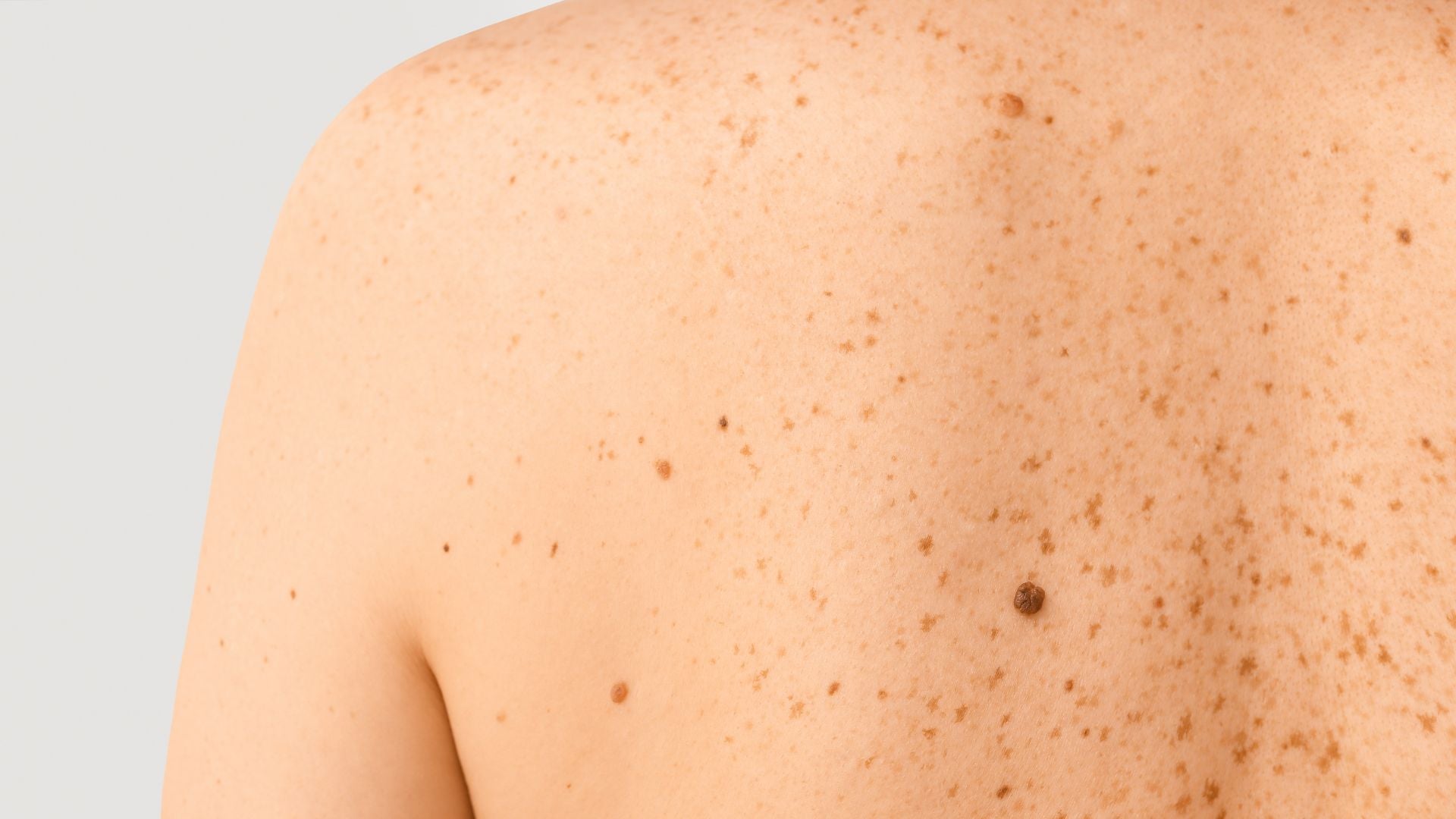
Did you know that approximately 66% of Australians will have skin cancer by the age of 70? Although this type of cancer is often treatable, it can still come with a large number of complications. In some cases, it could spread before you realise that you have it.
For this reason, mole mapping is one of the most important steps you can take when it comes to determining the presence of skin cancer and your predisposition to it.
Let's take a look at everything you need to know about this condition and how creating a mole map can help...
What Are the Different Types of Skin Cancers?
There are three main types of skin cancers:
- Basal cell carcinoma
- Squamous cell carcinoma
- Melanoma
Basal cell carcinoma is the most common type of skin cancer, accounting for the majority of all cases. It usually appears as a small, pearly bump on the skin. If left untreated, it can grow larger and eventually lead to disfigurement.
Squamous cell carcinoma is the second most common type of skin cancer. It typically appears as a firm, red bump on the skin. It can spread to other parts of the body and become life-threatening if left unchecked.
Melanoma is the most serious type of skin cancer. It typically appears as a new mole that is black or dark brown in colour, or a change in an existing mole. Unfortunately, these changes can sometimes be difficult to notice without the guidance of a professional. Melanoma doesn't always cause discomfort, which can make it even harder to detect.
What Are the Risk Factors For Skin Cancer?
There are a number of risk factors for skin cancer, including:
- Exposure to ultraviolet (UV) radiation from the sun or tanning beds
- A skin type that burns easily (i.e. fair skin)
- A family history of skin cancer
- A history of sunburns
- A large number of moles on the skin
So, a combination of your genetic predisposition and your lifestyle will dictate your overall risk of developing skin cancer.
What Is Mole Mapping?
A mole map is the process of taking pictures of all the moles on your body and tracking any changes over time. This can be done with a regular camera or special mole-mapping cameras, and the pictures are stored in a database so that they can be compared in the future.
This comparison can help to identify any moles that are changing in size, shape, or colour. In context, the mole map can help to paint a picture of what is happening with your skin.
Mole mapping is often used in combination with dermoscopy, which is the process of magnifying and examining moles. This helps to further assess any changes that might be taking place.

Why Is Mole Mapping Important?
It can help to identify skin cancer at an early stage, and in some cases, it can even be used to prevent skin cancer from developing in the first place.
If you have a family history of skin cancer or a large number of moles on your skin, it can help to keep an eye on any changes that might be taking place.
This way, you can catch skin cancer early and get treatment before it becomes more serious.
How Often Should I Have a Mole Map Done?
If you are at high risk for skin cancer, you should have mole mapping done every 6 to 12 months. If you are at a lower risk, you can have it done every 1 to 2 years.
The professional you work with will tell you what frequency is best for you.
What Should I Look For in a Professional?
When you are looking for a professional to do your mole mapping, there are a few things you should keep in mind. Make sure that they have experience with this procedure.
You should also ask to see before-and-after pictures of their previous clients.
Finally, make sure that they use a high-quality camera. This is important because it will ensure that the pictures are clear and detailed.
Preventing Skin Cancer
There are a number of steps that you can take to prevent skin cancer, including:
- Avoiding exposure to ultraviolet (UV) radiation from the sun or tanning beds
- Using sunscreen & zinc sticks with an SPF of 50 or higher
- Wearing protective clothing, such as a hat and long-sleeved shirt
- Avoiding sunburns
- Checking your skin regularly for changes
Of course, mole mapping can also help to prevent skin cancer by identifying any changes in your moles that might be early warning signs of skin cancer.
Mole Mapping Is Something You Shouldn't Overlook
When it comes to preventing skin cancer, a mole map is an invaluable tool. Be sure that you keep the above information in mind so that you can make the most of this opportunity and prevent problems from arising in the future.
Want to learn more about what we can do? Be sure to reach out to us today and see how we can help you.


Comments (0)
Back to Blog